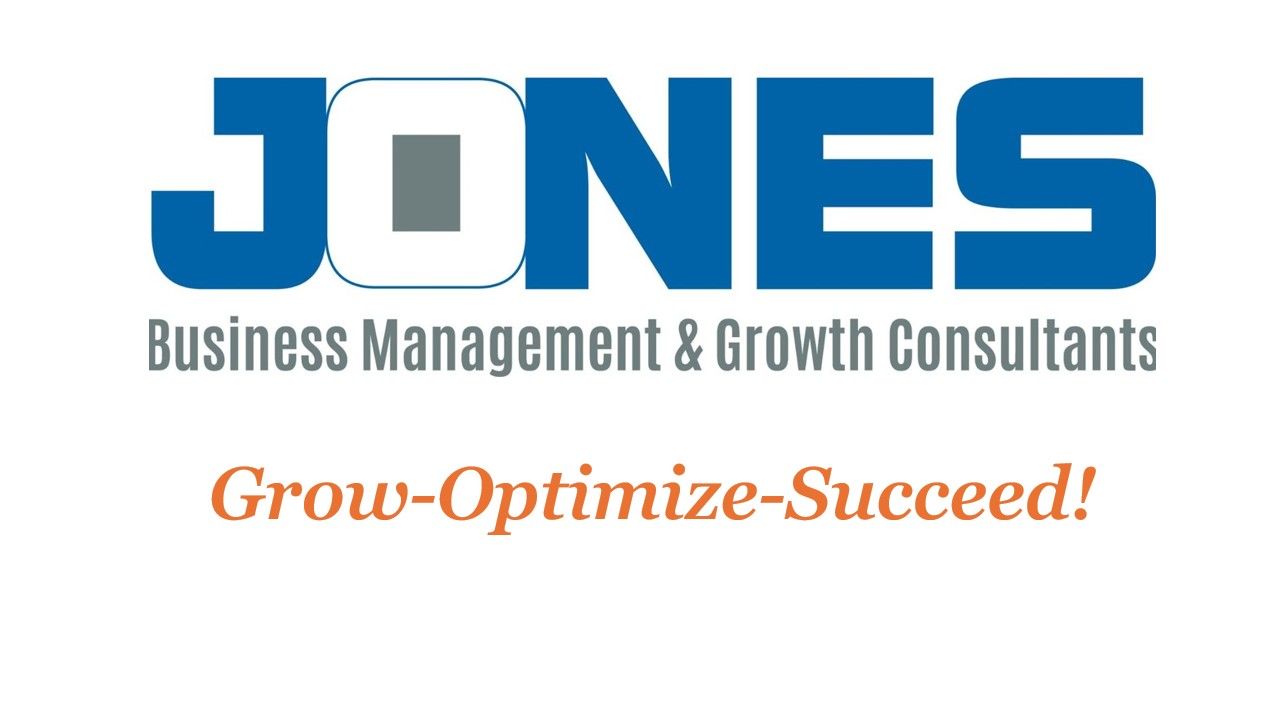
Leading Change & Growth
For Over 30 Years
Getting Out of the Field and Back Into Strategy Mode-Part 1
Part 1: Why Business Owners Get Stuck in Fieldwork and How to Break Free

Running a business is tough. There’s always something demanding your attention, and if you’re in a service-based industry like HVAC, plumbing, landscaping, or property management, you know how easy it is to get pulled into fieldwork. One minute you’re mapping out the next big step for growth, and the next, you’re rolling up your sleeves and jumping in to get a job done. While it might feel like the right thing to do at the moment, long-term, it’s a trap that could be stalling your business growth.
Let’s talk about why this happens and, more importantly, how to break free from the cycle so you can focus on strategy and steer your business toward success.
Why Business Owners Get Pulled Into Fieldwork
There are a few common reasons business owners find themselves back in the field, even when they should be focusing on strategic growth:
- Short-staffed situations: You might be shorthanded due to employee turnover or last-minute callouts, and it feels easier (and faster) to jump in and fix it yourself.
- Perfectionism: You believe no one else can do the job quite like you, so you step in to ensure the quality of the work.
- Customer expectations: In the early days, you probably promised clients a personal touch. Now, some customers expect you specifically to show up at their door.
- Fear of loss: Let’s be honest, stepping away from the daily grind can feel like losing control. If you’re not out there hustling, what if the business suffers?
The Consequences of Getting Stuck in Fieldwork
Being hands-on is great, but when you’re consistently drawn into fieldwork, your business suffers in ways that aren’t immediately obvious:
- Missed opportunities for growth: While you’re fixing a sink or checking on a landscaping job, your competitors might be landing bigger contracts, planning their expansion, or strengthening their systems.
- Burnout: Running around putting out fires every day is exhausting. You can’t be an effective leader if you’re physically and mentally drained.
- Lack of strategic direction: If you’re always in the trenches, who’s steering the ship? A business without a strategic leader at the helm can quickly lose direction and stagnate.
- Employee dependency: When employees see you constantly stepping in, they become dependent on you. This undermines their growth and limits their ability to step up and take on more responsibility.
How to Break Free and Focus on Strategy
It’s clear that staying in fieldwork isn’t sustainable. But how do you step back without feeling like the wheels are going to fall off? Here are some strategies:
1. Build a Trustworthy Team
You’ve probably heard this a million times, but building a team you can trust is the foundation for freeing yourself from daily operations. Hiring isn’t just about filling positions; it’s about finding people who fit your culture and can grow with the business. Once you have the right people in place, invest in their training. They need to know not only how to do the job but also how to make decisions in line with your company’s vision.
2. Delegate, Delegate, Delegate
I know, delegating sounds easier than it actually is. It’s hard to let go, especially if you’ve built your business from scratch. But if you’re always holding the reins, you’re limiting your business’s potential. Start small. Assign a team member to handle tasks you’d usually do, and then step back. Let them make mistakes (within reason) and learn. As you build trust in your team’s abilities, it’ll become easier to delegate more.
3. Create Systems and Processes
If you haven’t already, document your processes. A systemized business is a scalable business. Think about every repeatable task you or your team does daily and put a process behind it. This could be anything from how you handle new client inquiries to the exact steps for completing a service call. Systems allow your team to operate independently and free you up to focus on bigger-picture tasks.
4. Define Your Role in the Business
Many business owners struggle to step back because they haven’t clearly defined their role. What are your strengths? Where are you most needed? Define your role based on where you can have the most impact, and then set boundaries. For example, if you’re great at business development, spend your time building relationships and landing new contracts. Let your team handle the operational side.
5. Shift Your Mindset
This one’s huge. Shifting from a hands-on operator to a strategic leader requires a mindset shift. You need to move away from thinking, “I need to do this myself” to “My job is to guide and empower others.” This change won’t happen overnight, but as you delegate more and see your business operate successfully without you micromanaging, you’ll become more confident in your role as a leader.
6. Communicate with Your Customers
One of the biggest hurdles for service business owners is the fear of losing clients if they’re not personally involved in every job. But you can flip that narrative. Communicate openly with your customers about the changes you’re making. Let them know you’re focusing on growing the business to better serve them and that you’ve handpicked a team of experts to maintain the same high-quality service. In fact, many customers will appreciate that you’re thinking long-term.
Take the First Step
The key to stepping out of fieldwork is to start small. Don’t feel like you need to do it all at once. Begin by delegating one task and creating one system. Over time, these small steps will build momentum, and you’ll find yourself spending more time on strategic planning and less time in the field.
In the next part of this series, we’ll explore how to develop the systems and processes that will allow you to step back confidently and let your business thrive without you being involved in every detail
Coming up next:
Part 2: Creating Systems and Processes to Sustain Growth
We’ll dive into how to systematize your business operations so that everything runs smoothly, whether you’re present or not.
#BusinessGrowth #SmallBusinessTips #ServiceIndustry #EntrepreneurLife #Delegation #Leadership
















Mon-Fri: 9:00 AM - 5:00 PM
Sat-Sun: CLOSED